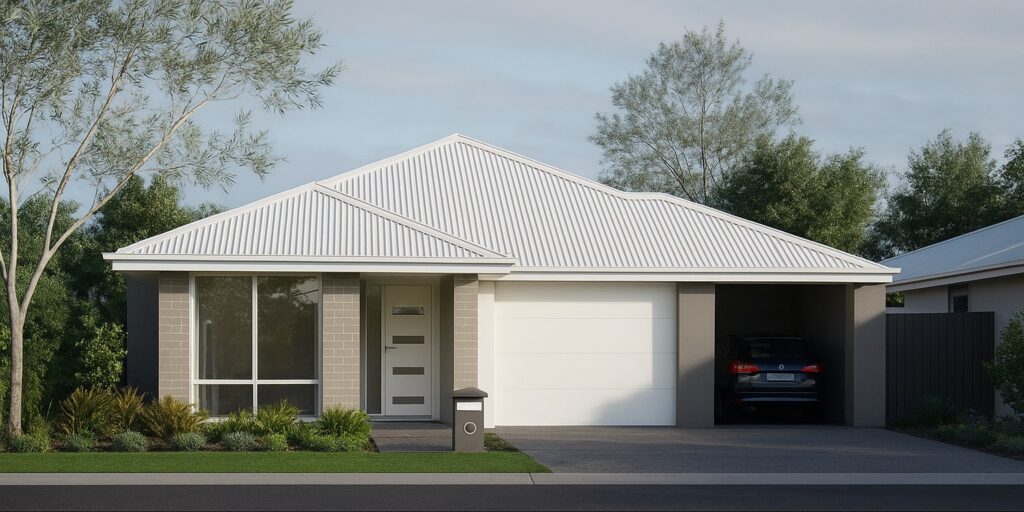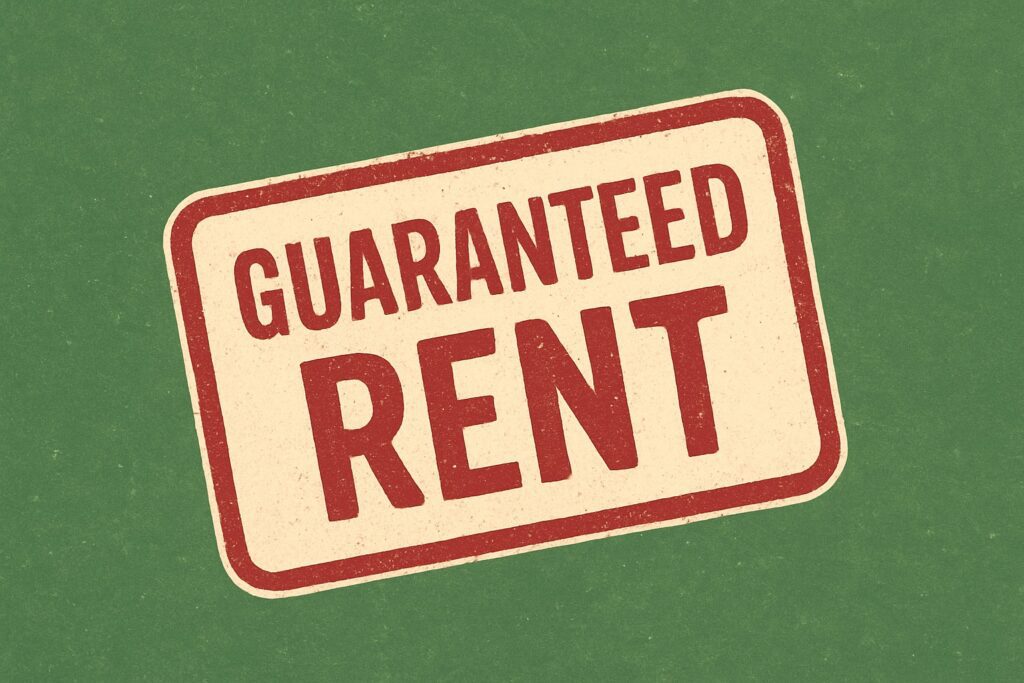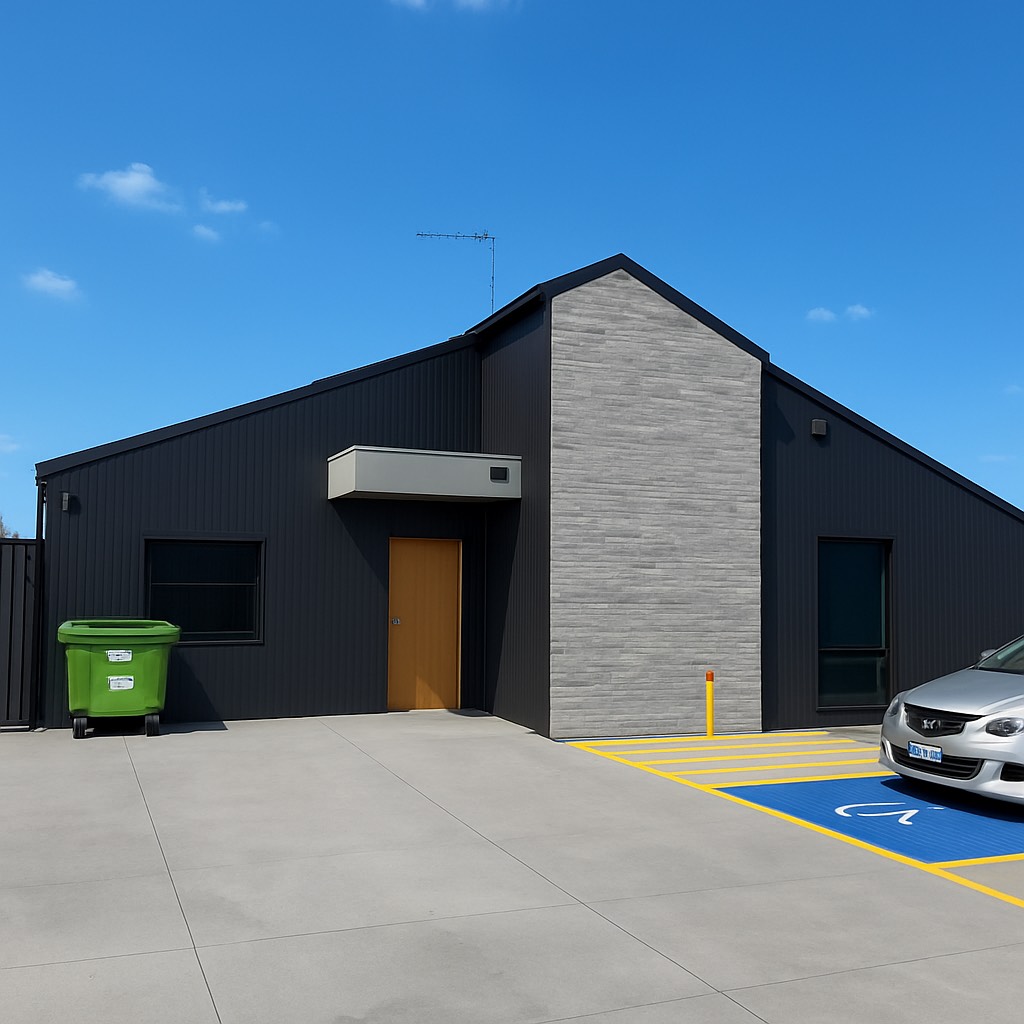
Melbourne’s co-living market is one of the most overlooked but high-potential investment opportunities in Australia’s shifting property landscape. Unlike traditional rentals, Victoria’s unique policies allow up to nine rooms and 12 residents per property—setting Melbourne apart in terms of yield potential and tenant demand. While many investors still focus on standard houses or apartments, co-living in Melbourne offers a rare chance to maximise returns through smart planning and scalable rental income.
I recently spent time in Melbourne not only to take a closer look at the market, but to meet with developers and builders to better understand what’s driving the demand. What’s clear is that Melbourne co-living products isn’t just a passing trend—it’s an evolving part of the rental landscape that offers long-term opportunities for investors who want strong returns.
Why Melbourne? A Rare Combination of High Demand and Smart Policy
Victoria’s rooming house regulations provide an advantage over other states, where stricter rules limit the number of rooms and residents per property. By comparison, in Brisbane, a rooming house is typically capped at five rooms, whereas Victoria allows for almost double that capacity.
Equally important, demand for quality co-living spaces is increasing significantly. Melbourne attracts a high number of professionals, who relocate for work on 12-month contracts or short-term projects. Many of these renters are looking for a modern, fully furnished home in a convenient location—without the hassle of setting up a long-term lease or buying furniture.
That’s where well-designed rooming houses come in. They offer a flexible, high-quality living experience, often in prime locations close to the CBD, at a more affordable price point than renting a one-bedroom apartment.
How Smart Investors Are Approaching Co-Living Developments
Investing in rooming houses isn’t about throwing together a share house and hoping for the best. The most successful investors are strategic about location, design, and tenant profile.

Some key factors that set high-performing co-living properties apart:
![]() Location Matters – Close to public transport, employment hubs, and universities. The best rooming houses aren’t in the middle of nowhere; they’re in well-connected urban areas.
Location Matters – Close to public transport, employment hubs, and universities. The best rooming houses aren’t in the middle of nowhere; they’re in well-connected urban areas.
![]() Tenant Appeal – Not all rooming houses are the same. The ones attracting premium tenants (and delivering the best yields) are those with ensuite bathrooms, well-designed common areas, and a more “boutique” feel.
Tenant Appeal – Not all rooming houses are the same. The ones attracting premium tenants (and delivering the best yields) are those with ensuite bathrooms, well-designed common areas, and a more “boutique” feel.
![]() Regulatory Knowledge – Different states have different rules on kitchenettes, room sizes, and the number of residents allowed. Understanding these details upfront is key to making the right investment choices.
Regulatory Knowledge – Different states have different rules on kitchenettes, room sizes, and the number of residents allowed. Understanding these details upfront is key to making the right investment choices.
Financing a Rooming House Investment: Why You Need a Specialist Broker
One of the biggest misconceptions about co-living investments is that they can be financed the same way as a standard residential property. This isn’t always the case.
When purchasing a rooming house, lenders assess the property differently as it operates more like a commercial investment. The loan approval process often considers:
- Yield potential rather than just the property’s value
- Occupancy rates and demand in the specific area
- Experience of the investor (though this is not always a requirement)
As a result of these factors, mainstream banks may not offer the best loan terms. In some cases, they might not finance a rooming house at all. That’s why we always refer investors to specialist brokers who understand this market and work with lenders that assess co-living investments fairly.
Having the right financing strategy in place can significantly impact cash flow and overall profitability, so it’s undeniably a step that shouldn’t be overlooked.
What’s Next for the Melbourne Co-living Market?
With the property market heating up, Melbourne’s co-living sector is in a prime position for growth. At the present time, build times are still relatively fast, and competition remains lower than in more mainstream investment markets—but that won’t be the case forever.
For investors looking for strong rental returns with a lower risk of vacancy, the Victorian rooming house model presents a compelling case. The combination of policy advantages, increasing demand, and a growing workforce looking for flexible living solutions makes this an area worth paying attention to.
I’ve spent time researching and connecting with the key players in this space, and what’s clear is that the opportunity is real. It’s not just about following trends—it’s about understanding where the demand is and how to position an investment for long-term success.
Written by Asle Kommedal, Topstone Property Invest



